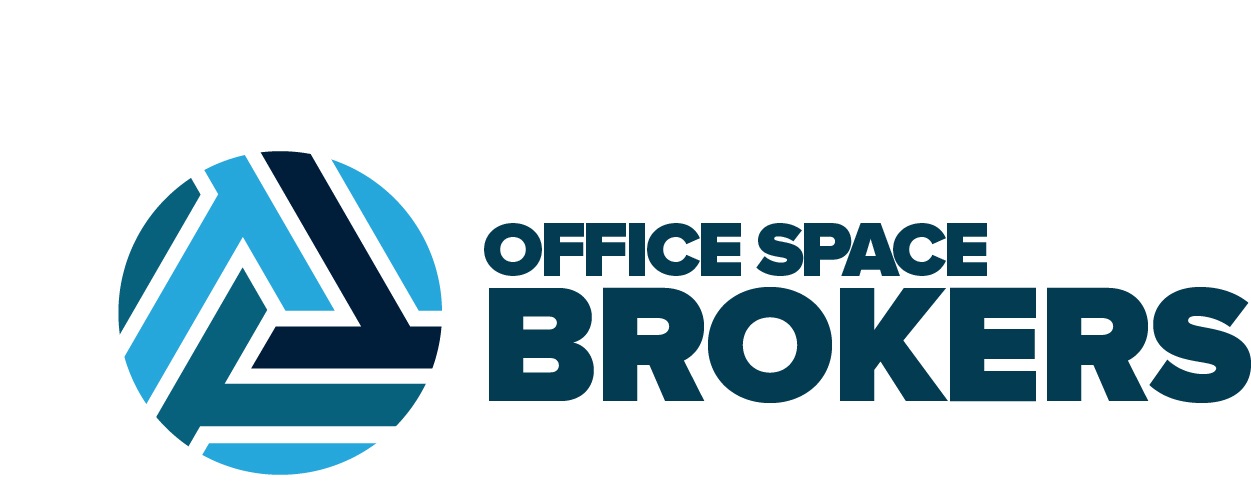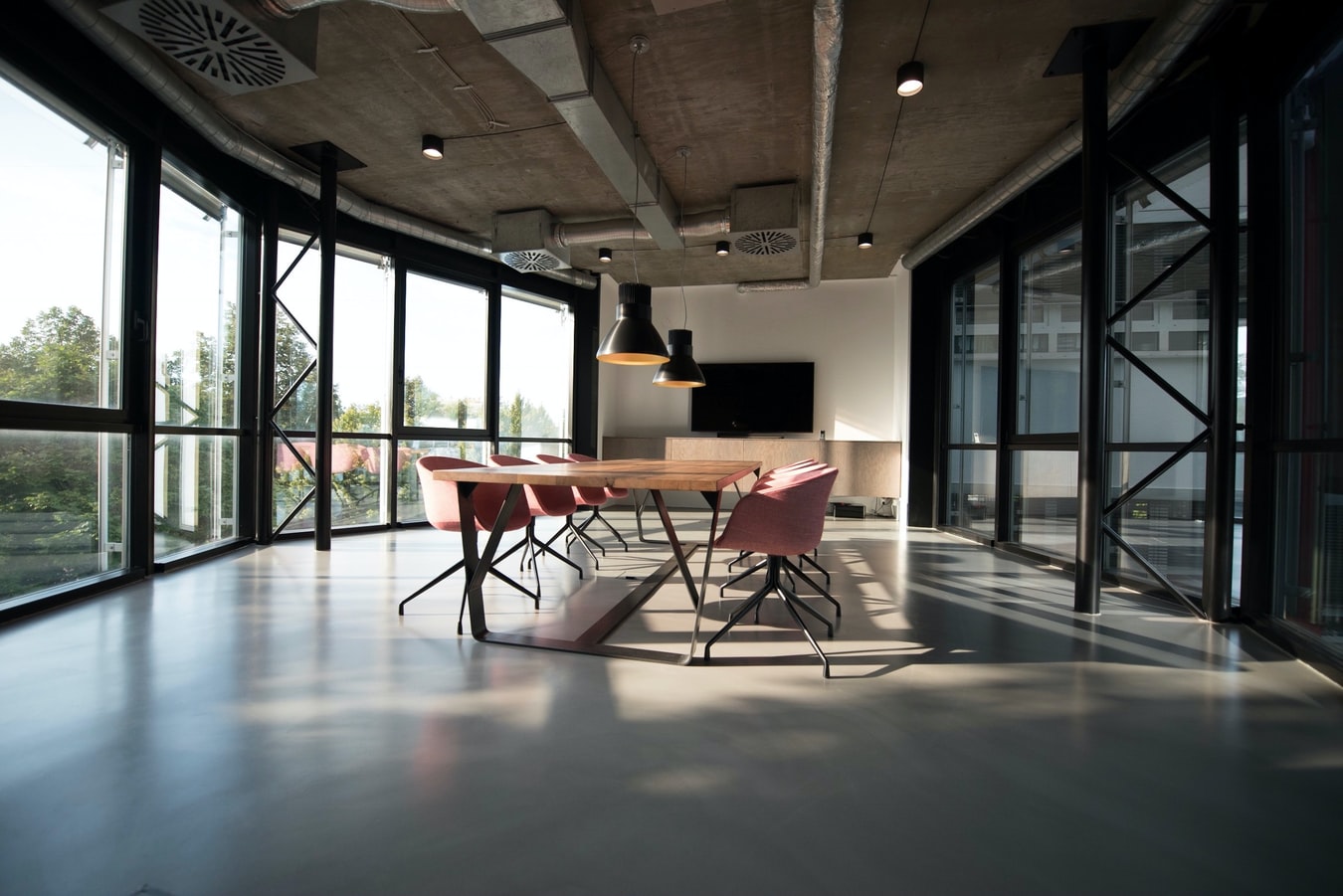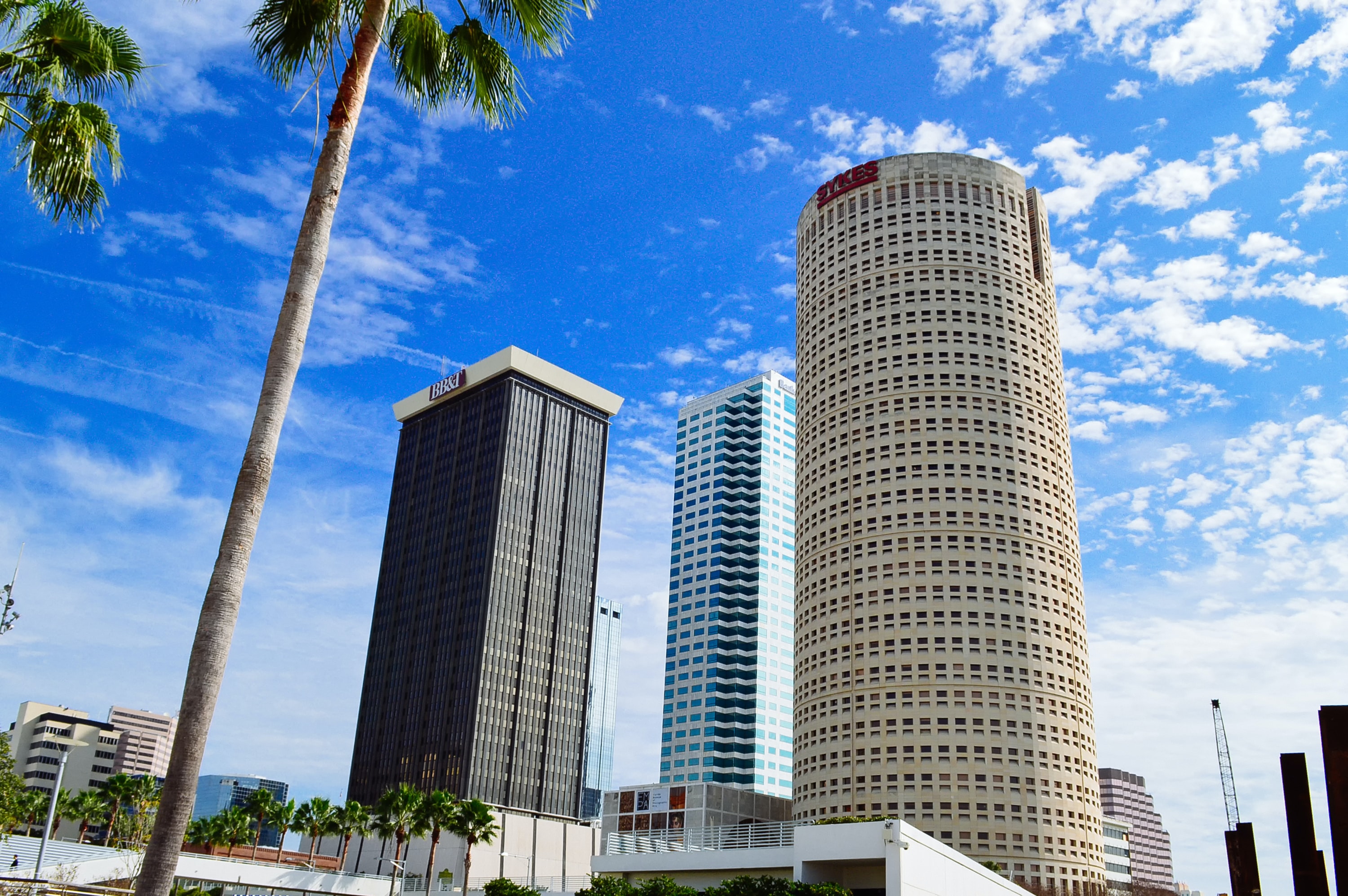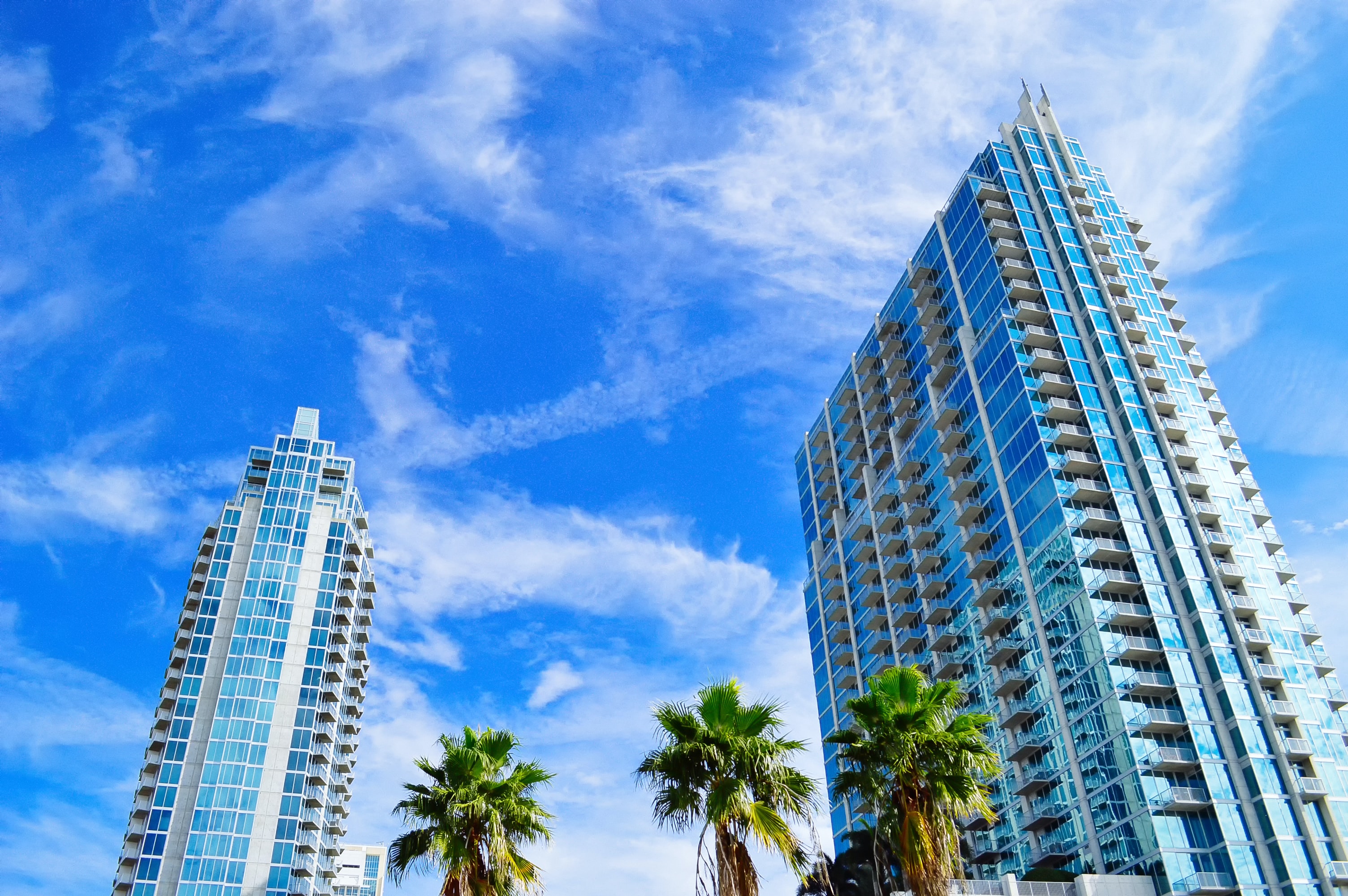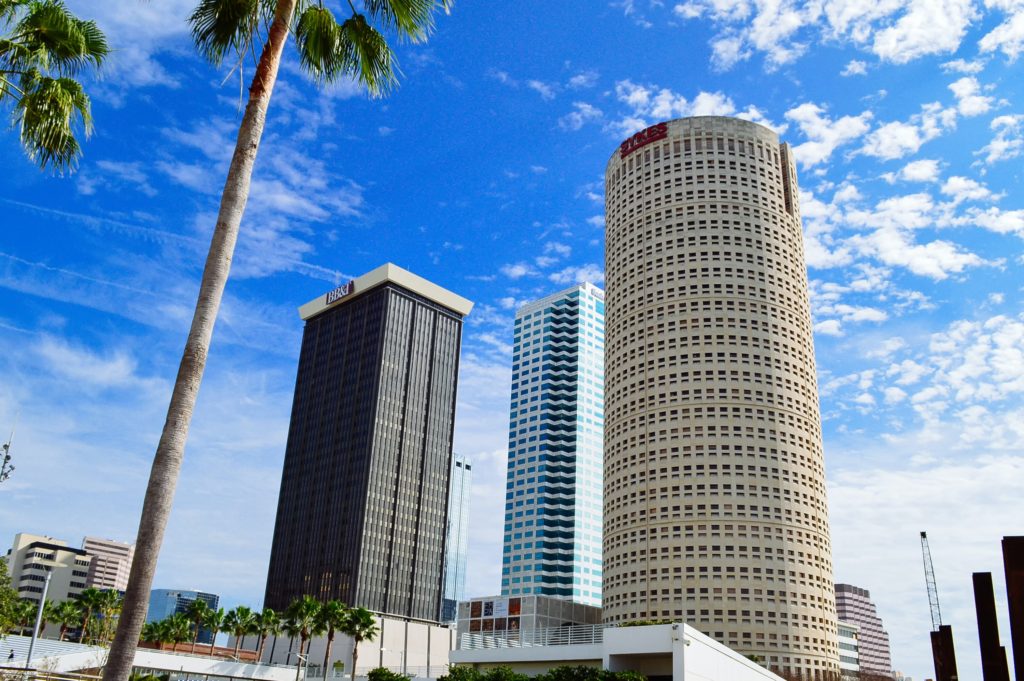
Is The Tampa Bay Office Market Overflooded with Sublease Office Space?
When we were evaluating the future of office space in 2020 there were several discussions of what the future of office space in Tampa would hold. I even wrote a blog explaining what I believed the two contributing factors would be: 2020 Presidential election and a second lockdown.
Tampa Bay did not experience the second lockdown but we know other cities around the United States did and impacted their use of office space.
Evaluating the national commercial real estate market is great when analyzing trends and an overall sense of where we are headed. We have to keep in mind, real estate markets are also very independent of the area: the people, culture, politics, and the diversification of companies somewhere like Tampa, can be different than Los Angeles. All the major headlines highlighting the surplus of office space on the market in New York, Los Angeles, and Chicago and most think Tampa Bay is experiencing the same trends. Has Tampa experienced an influx of sublease space on the market? Yes. Has it been to the level of other major cities? No.
Why is Tampa not experiencing the same impact as other cities?
- The average size of an office space Tenant in Tampa is under 10,000 RSF in a 100,000 sf + building, the majority of buildings are diversified with a smaller Tenant mix. We are experiencing larger vacancies but the under 3,000 SF sublease vacancies are moving quickly in the market. The large sections of office space of sublease coming to the market are mostly Publicly Traded companies whose decision-makers are out of New York, Los Angeles, and Chicago deciding to maintain consistently from policies made at their HQ level to across the country.
- The average size company in Tampa has fewer people and privately-held businesses are the lifeblood of our business community. Smaller businesses typically have more flexibility in implementing new policies and procedures.
- Tampa is a pro-business environment. Tampa did not experience a second lockdown. I believe if we had a second lockdown there would have been a dramatic impact in our business community, just like NYC did. Tampa is benefiting from companies relocating to Tampa and the expansion of companies already located here. Sublease office space that might have been on the market is being subleased by companies moving to Tampa who want a smaller footprint as they grow and leveraging favorable terms. There are pros and cons to subleasing office space. A great pro can be more favorable terms of a below-market rent and shorter lease term but there can also be cons.
- The people component is the most important in terms of office space. Tampa has been known for diversity in backgrounds and melting pot natives with folks from all over the country. Culture in Tampa’s location is one factor but the culture of each company is different. The people who make up the culture in each company play a more important role.
As 2021 comes to an end and sights are set on 2022, the influx of sublease space has cooled down and folks will have at least 1-2 quarters under their belt of implementing back to work policies. Although office sublease inventory decreased in the third quarter, most U.S. markets are still dealing with record rates of sublease space. Additionally, unlike other major metro areas, there are no whispers of a second lockdown in our future. The data is showing to be optimistic for the Tampa office space market as we head into 2022.
